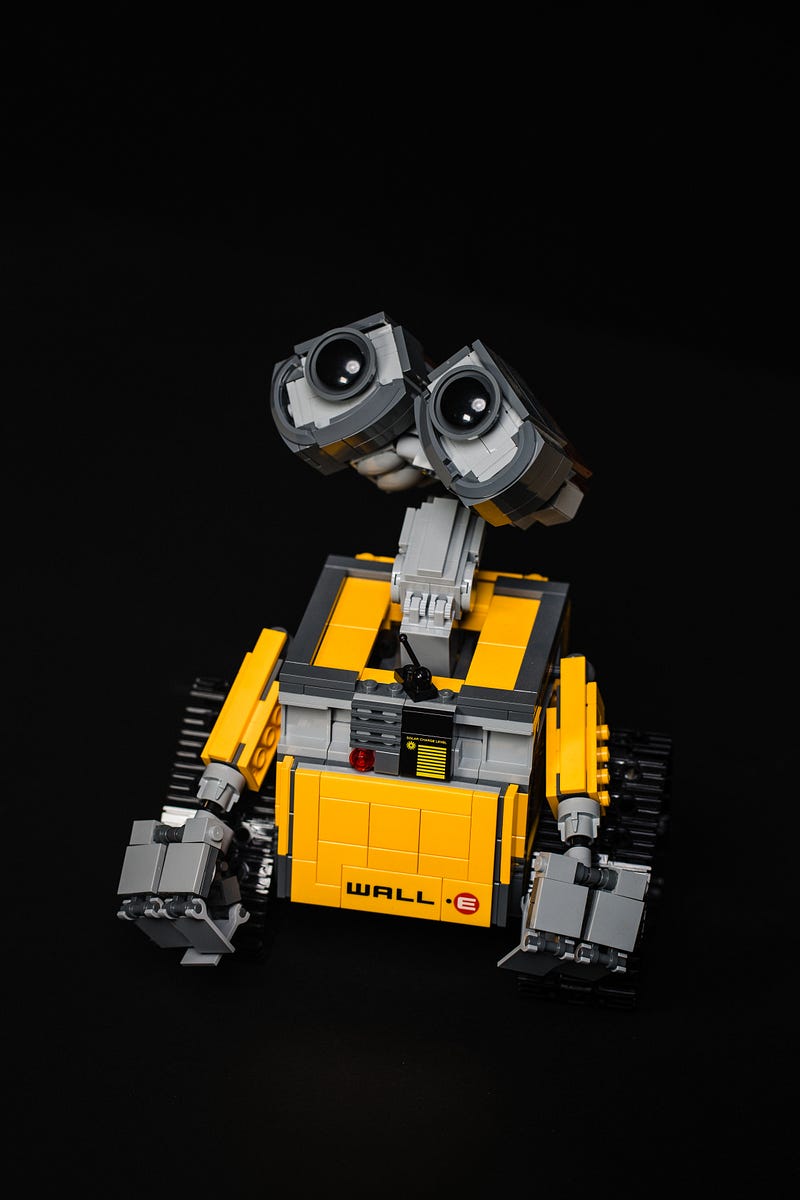Exploring the Turing Test: Origins, Function, and Limitations
Written on
Introduction to the Turing Test
The Turing Test is a fundamental concept in the realm of artificial intelligence, designed to assess whether a machine can emulate human-like thought and behavior.

Origins of the Turing Test
Conceived by Alan Turing in 1950 through his seminal paper titled ‘Computer Machinery and Intelligence’ at the University of Manchester, the Turing Test emerged from a desire to measure machine intelligence.
How the Test Functions
The structure of the Turing Test mirrors that of the Imitation Game, which involves three participants—one male, one female, and a judge—who are separated in different rooms. Their sole means of communication is through screens and keyboards. The male participant attempts to convince the judge that he is the female, while the judge must identify the male and female based solely on their written responses.
In the context of the Turing Test, the participants include one machine, one human, and a human judge. The judge has five minutes to differentiate between the machine and the human by posing various questions. If the judge fails to reliably distinguish between the two based on their answers, the machine is considered to have passed the Turing Test and to possess ‘artificial intelligence.’
This straightforward test effectively sparked discussions about the philosophy of artificial intelligence, transitioning the debate from "Can machines think?" to "Can machines perform tasks like humans?" Turing argued that the former question lacks significance. His rephrased inquiry separates the physical actions from the intellectual capabilities of humans.
The first video, What is the Turing Test?, delves into the fundamentals of Turing’s concept and its relevance to modern AI discussions.
Limitations and Philosophical Considerations
Despite its historical significance, the Turing Test has its limitations. Programs like ELIZA, for instance, can manipulate questions to create the illusion of understanding, thereby passing the test without genuine comprehension. This raises an important point: merely mimicking human behavior does not necessarily imply intelligence.
Turing himself expressed skepticism about the question of machine thinking, suggesting that as societal perceptions evolve, discussions around machines exhibiting thought may become more commonplace. Yet, this raises further questions: Can we assert that human intelligence is inherently superior? How do we truly define ‘thinking’—should machine cognition be equated with human cognition?
Conclusion
Many researchers argue that passing the Turing Test should not be seen as the ultimate objective. Is it truly valid to gauge machine intelligence against human standards, or is it unnecessary for machines to replicate human behavior to fulfill their intended functions?
Nonetheless, Turing’s pioneering work has significantly shaped the discourse surrounding machine cognition and continues to influence artificial intelligence research today.
The second video, What is a Turing Test? A Brief History of the Turing Test and its Impact, offers insights into the evolution of the Turing Test and its implications for AI development.